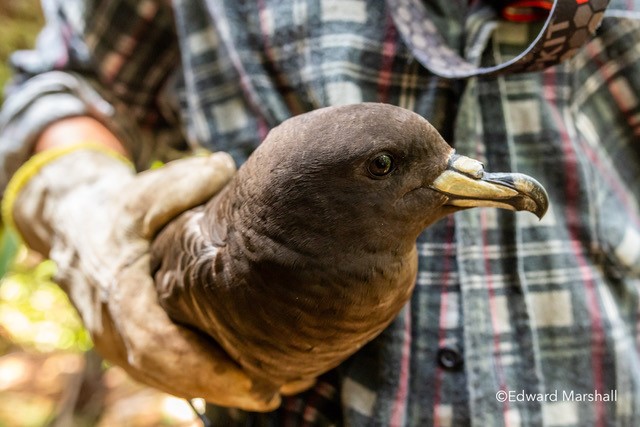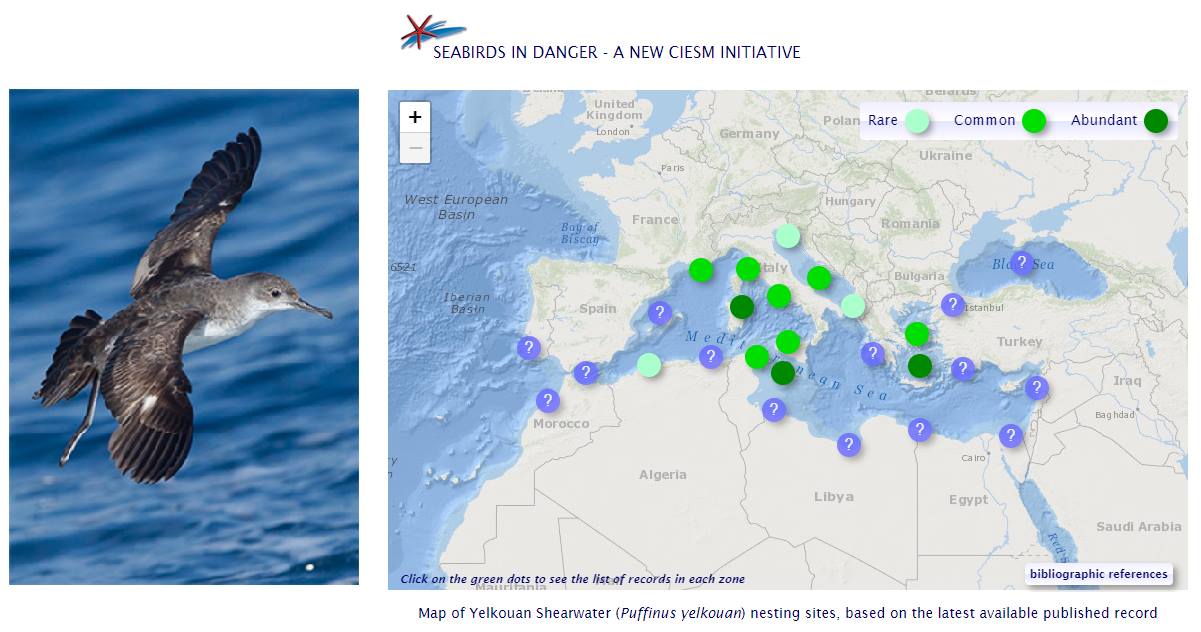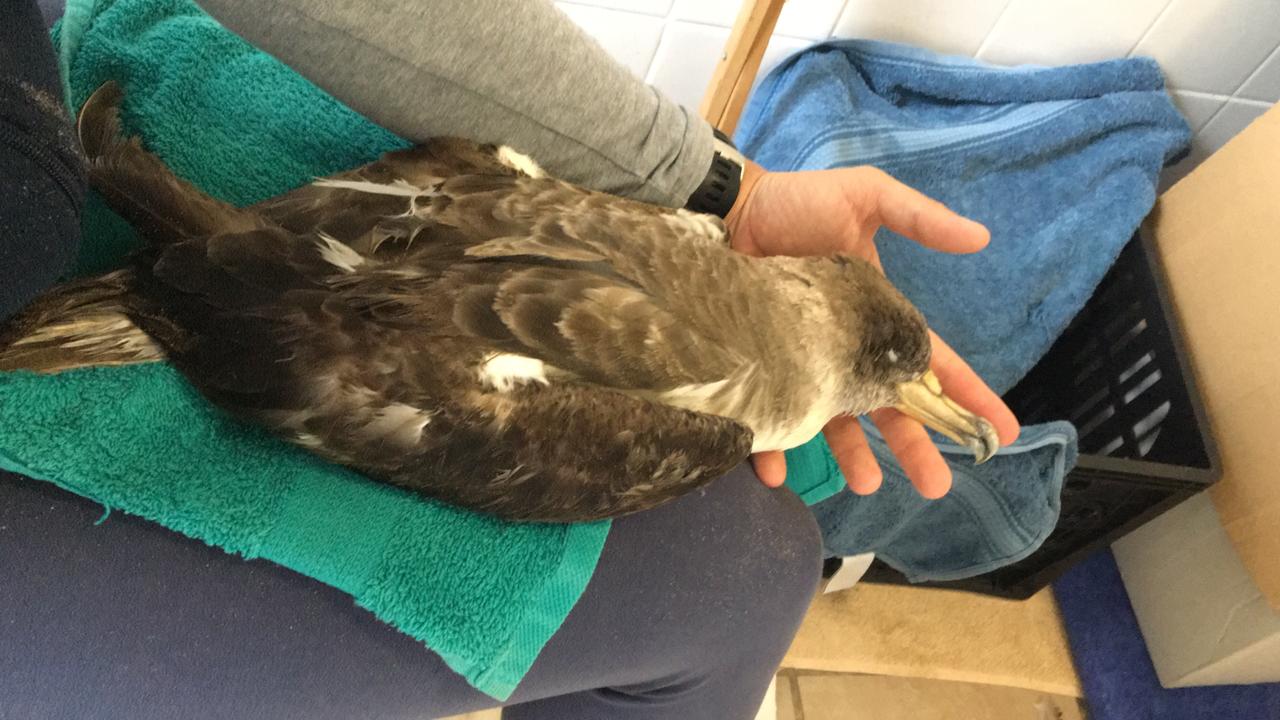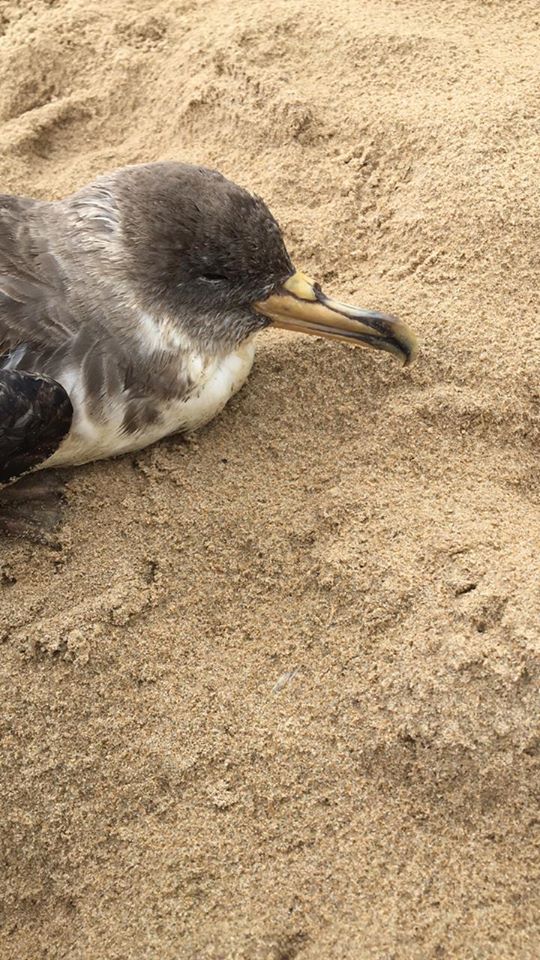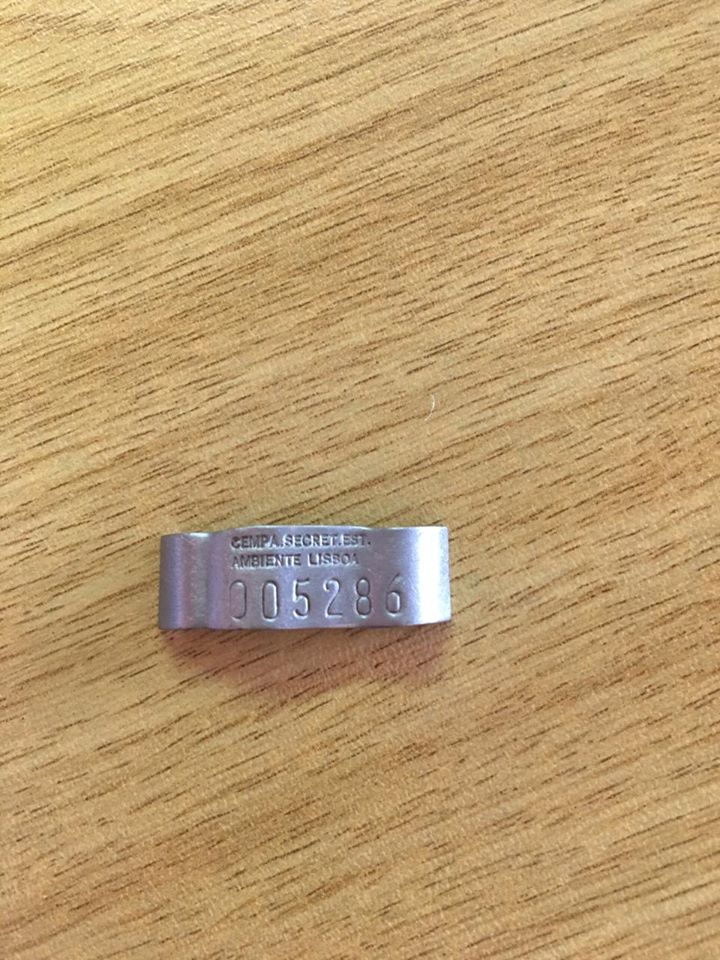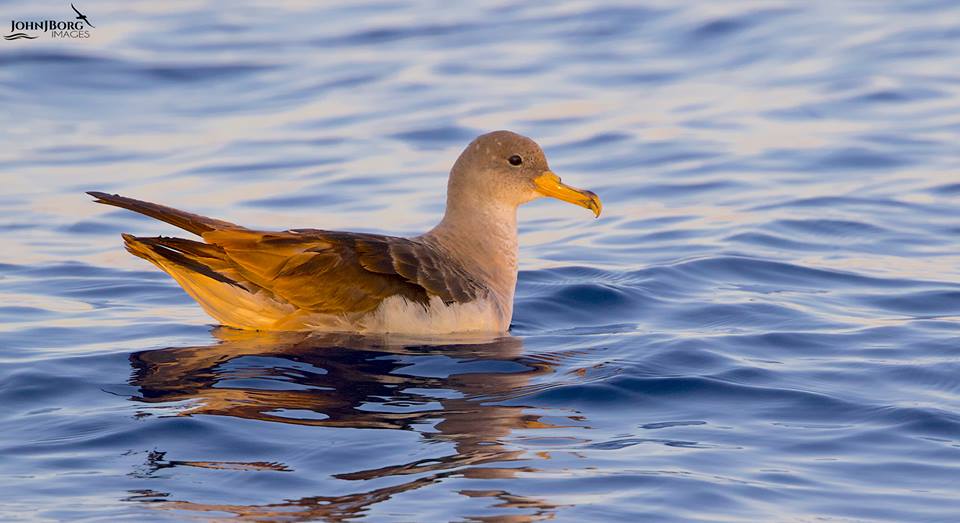
Scopoli's Shearwater at sea, photograph by John Borg
Mediterranean pelagic seabirds, like their big cousins, are continuously facing threats through human activities. Accidental by-catch is not confined to the southern oceans, our three species of shearwaters are regularly caught on fishing lines in the Mediterranean. Urbanization poses a threat to seabird colonies with light and sound pollution reducing their breeding success as well as the ever-increasing threat from alien predators. Cats, rats and polecats all prey on the eggs and young of storm petrels and shearwaters.
The Maltese Islands, lying in the middle of the Mediterranean Sea, south of Sicily and north of the Libyan coast, host important colonies of Scopoli’s Calonectris diomedea and globally Vulnerable Yelkouan Puffinus yelkouan Shearwaters, as well as the largest known colony of Mediterranean Storm Petrels Hydrobates pelagicus melitensis. Seabirds in Malta have been studied since the late 1960s through a bird ringing programme run by BirdLife Malta. Since 1982, the breeding biology of these birds has been studied and the initial results showed that Malta had the lowest fledging success of Scopoli’s and Yelkouan Shearwaters in the region.
In 2006 the first of three EU Life projects was initiated and it focused on the largest colony of Yelkouan Shearwaters in Malta, at Rdum tal-Madonna on the north-east coast of Malta, a breeding colony of about 500 pairs. This colony was facing numerous threats including predation on eggs and young by rats, to the extent that for almost fifteen years not a single chick fledged from any of the study nests. Soon after the rat population was brought under control, the birds started increasing, new areas were colonized and the breeding success rapidly increased. Furthermore, the tiny storm petrel started to visit these cliffs and some years later breeding was confirmed.
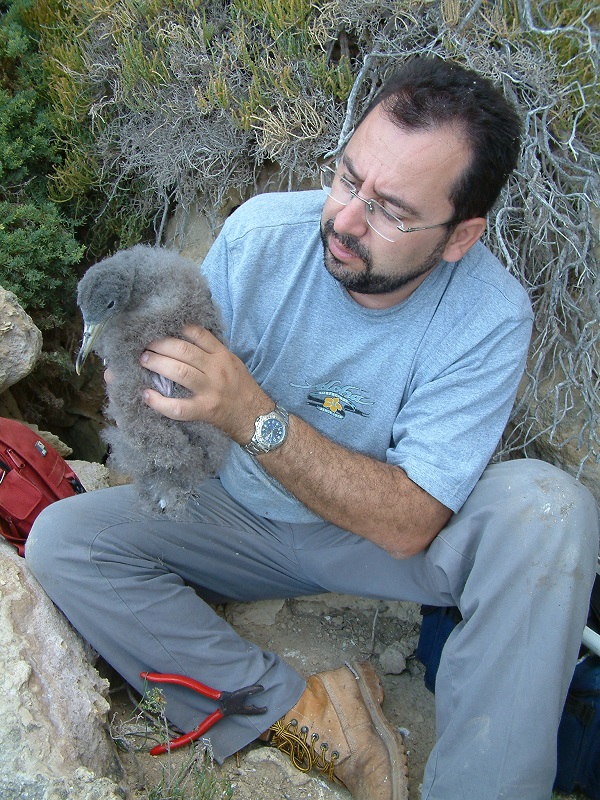
John Borg, National Museum of Natural History holds a Scopoli's Shearwater chick, photograph by Joe Sultana
Nowadays we have a much better understanding of where our birds go to feed and where they spend their post-breeding period. Nevertheless, we still have numerous gaps in their life cycles. These birds are still facing serious threats at sea as well as from land. In this respect, this year, the National Museum of Natural History, Mdina in collaboration with BirdLife Malta (EU LIFE seabird team) will be holding an exhibition commemorating World Albatross Day. The exhibition will highlight the plight of these pelagic birds but will also look at the various advances in our knowledge in the life cycle of these birds.
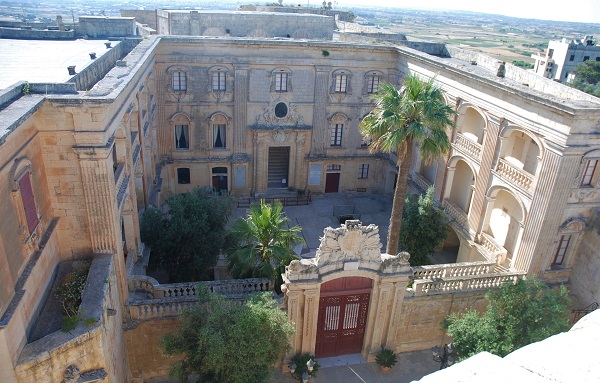
The National Museum of Natural History, Mdina, photograph by John Borg
The exhibition will highlight the various threats such as accidental by-catch, predation by alien species, the effects of light and sound pollution as well as direct persecution and the important role of seabirds in the ecosystem through various displays. We shall highlight various studies, methodologies and equipment used to monitor the shearwaters and storm petrels in the Maltese Islands over the last 50 years.
The Agreement on the Conservation of Albatrosses and Petrels (ACAP) will be commemorating World Albatross Day on 19 June – when the exhibition will open (and run to year end). There are 31 different species listed in this agreement and while Malta and the rest of the Mediterranean has no albatross species, one species of procellariid; the Yelkouan Shearwater has been identified as a potential candidate for ACAP listing.
Work on the exhibition is now underway, display material for six showcases highlighting various topics are being chosen from the museum specimens, a life-sized fibre-glass model of a Wandering Albatross Diomedea exulans is being prepared by the museum artist and this will be the highlight of the exhibition. A number of original photographs measuring about 1x1.5 m of different albatross species, as well as the three procellarids breeding within Malta, are at the printers; these will line the exhibition walls.
John J. Borg, Senior Curator, National Museum of Natural History, Mdina, Malta, 06 March 2020
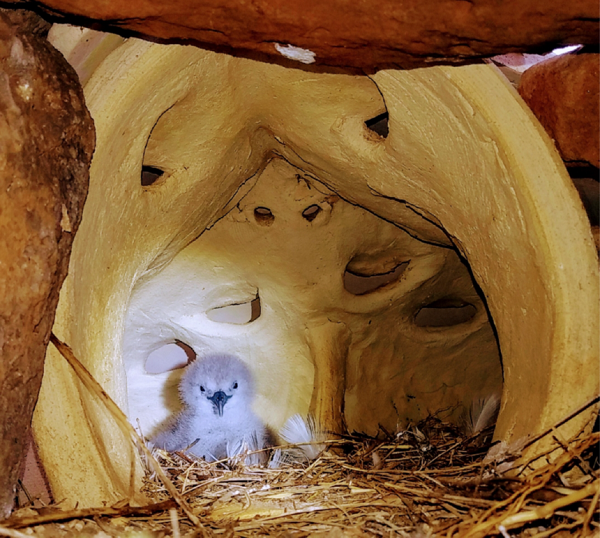

 English
English  Français
Français  Español
Español 


